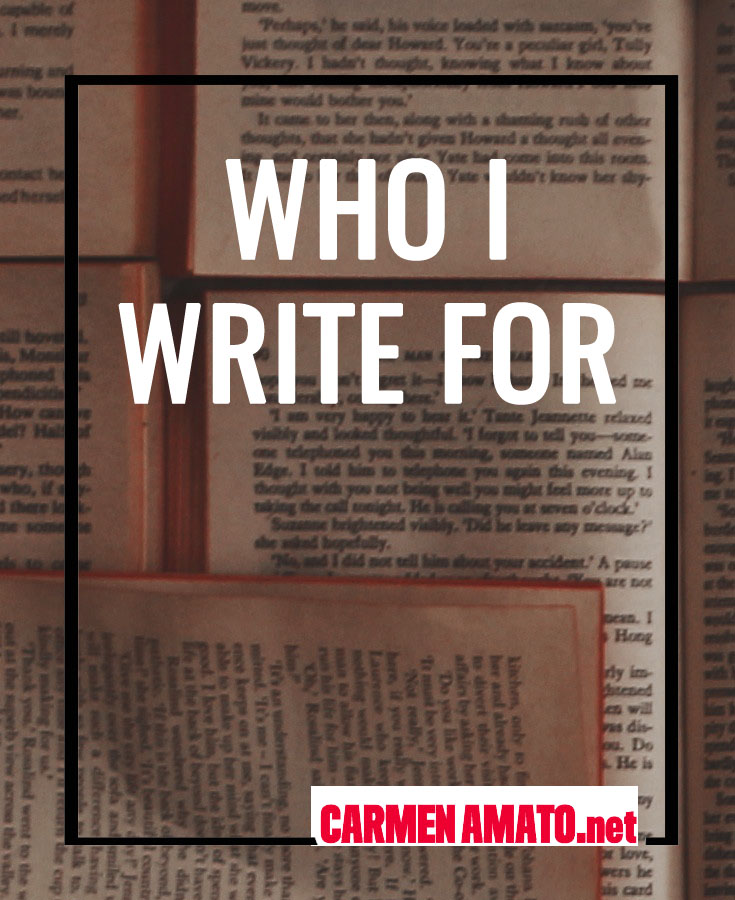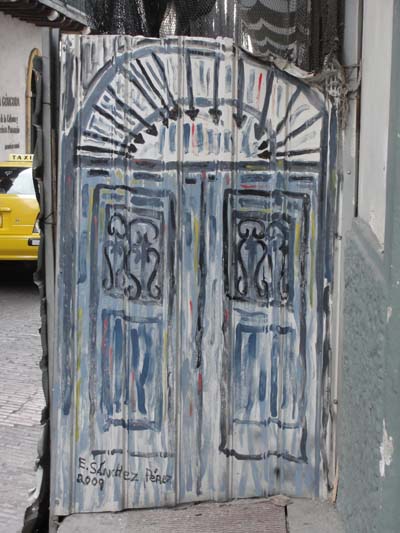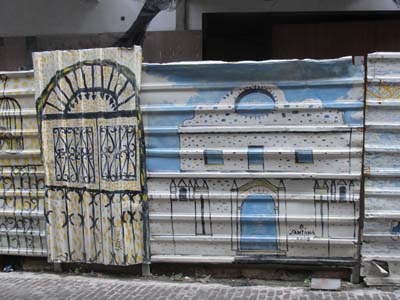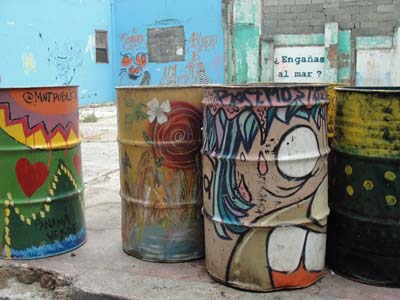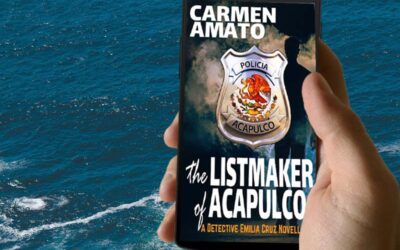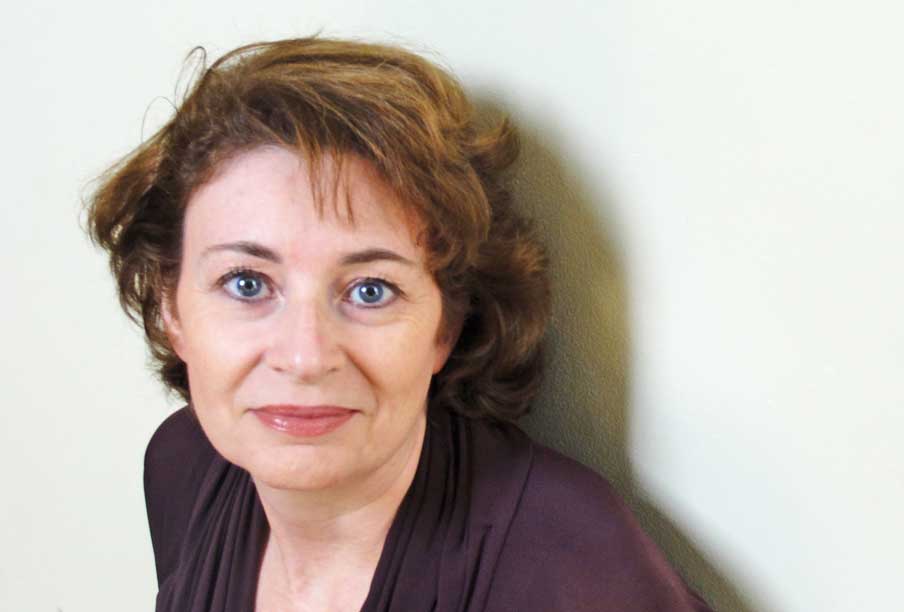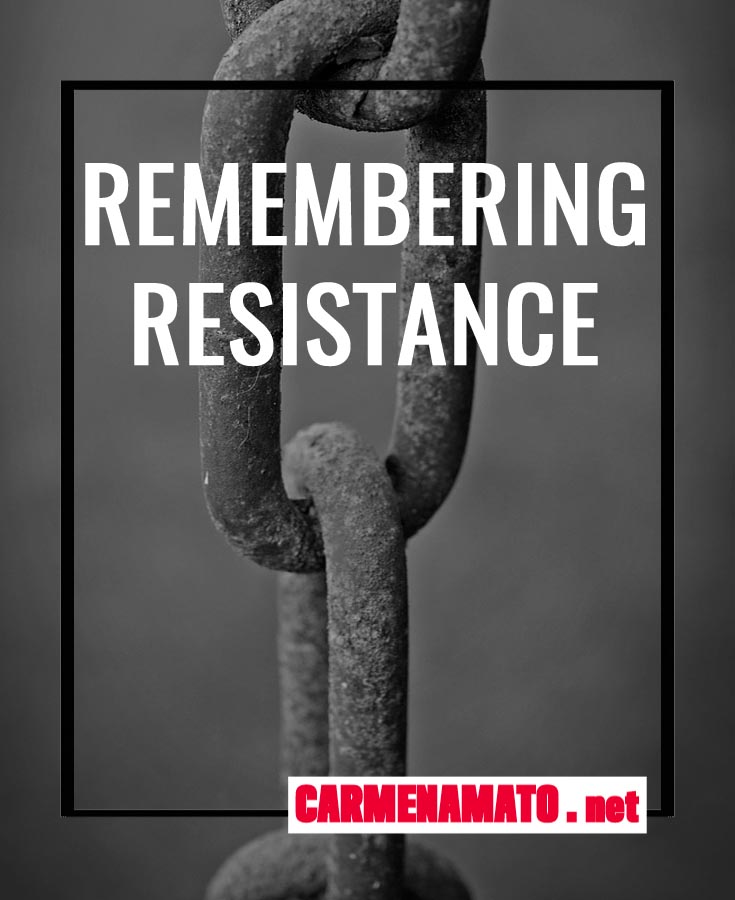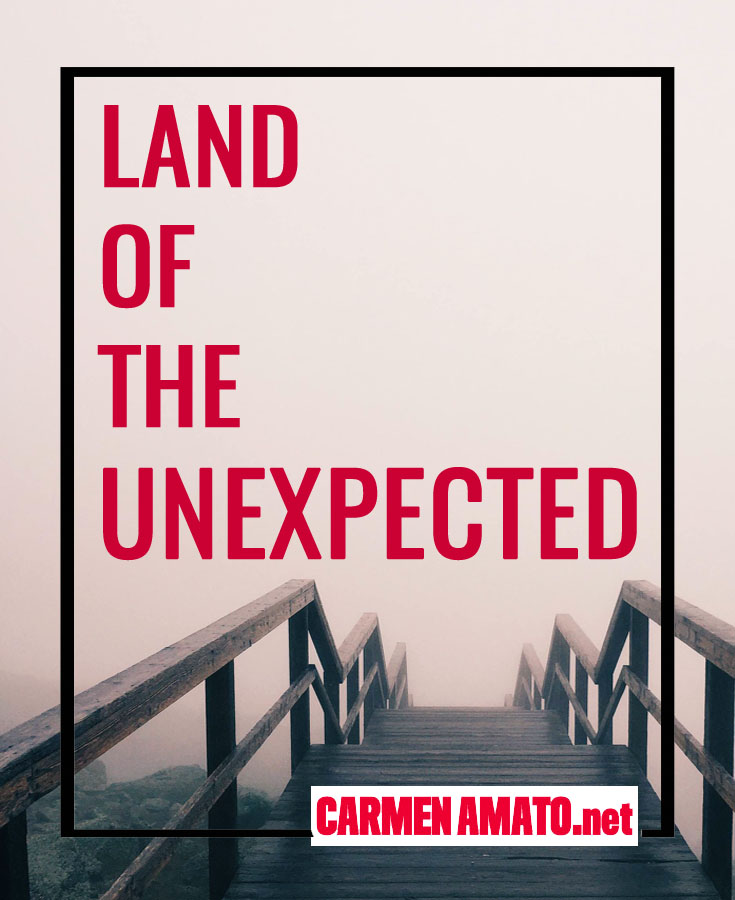In my travels, it has struck me that a culture reveals its true strength by what it chooses to remember and preserve. Often that means museums, but it also means UNESCO World Heritage Sites, preserved or excated sites like Jordan’s Petra or Italy’s Pompeii, the music and folksongs and linguistic ideocyncracies that are gifts from one generation to another.
Sixty-five years after the end of WWII, here are a few thoughts on the way two countries have chosen to remember and preserve their resistance to Nazi occupation.
Norway
Norway’s Hjemmefrontmuseum, located in Akershus Castle in Oslo, is a world-class museum that lays out the history of the April 1940 German invasion of Norway, the Norwegian military’s spirited but overmatched defense, and the king’s narrow escape to London where he established the legitimate Norwegian government in exile while the Quisling government ruled in Hitler’s name.
In Norway, the shock of occupation quickly gave way to anger and to an organized armed resistance effort. The British provided training, supplies, weapons, and clandestine transportation that became known as the Shetland Bus. Norwegian Resistance cells carried out commando raids and sabotage (the most famous actions being the destruction of the production capability of the Norsky Hydro heavy water plant–immortalized in the Kirk Douglas classic movie The Heroes of Telemark–that deprived the Nazi nuclear weapons development program of a vital component.)
The Norwegians’ ability to survive in the country’s wilderness areas and ski away from pursuit helped them survive to fight another day, but the death toll was high. The Germans retaliated with relentless hunts to find Resistance members and executed civilians in response to Resistance raids and destruction.

What the museum revealed
The museum, in addition to being located in an impressive historic castle guarding the Oslo Fjord, wins major points for display, authenticity, and heart, with an excellent collection of everything related to the Resistance, from clandestine newspapers to hidden radios to the log-shaped containers used to drop supplies to Resistance cells in remote locations.
Every display was eye-catching and well explained, with many personal accounts woven into the factual information. The museum belongs to the Norwegian Defense Forces and the Resistance is a proud part of Norway’s military heritage.
As I wandered through the museum, I found myself writing down bits and pieces of this fascinating national story and since have sought out memoirs of Resistance members, like Two Eggs on My Plate by Oluf Reid Olsen and We Die Alone by David Howarth. Touring the entire place took me over three hours both times that I have visited, not counting time spent in the bookshop.
Netherlands
In the Netherlands, the Dutch Resistance Museum, the Verzetsmuseum, was a different experience, reflecting that country’s different wartime situation. The museum is located in a rowhouse in a busy Amsterdam commercial district. It is a small, modern gem which has won several awards. But the nature of the resistance in the Netherlands was mostly a nonviolent movement, with small cells operating independently. Some sabotage and counterintelligence activities took place late in the war, as the Allied invasion of Europe loomed.
What the museum revealed
The museum’s permanent collection focused on how people endured the occupation. It took pains to point out the state of the country in the late 1930’s and I was struck by the high percentage of Dutch who lived below the poverty line at the beginning of the war. Needless to say, things only got worse during the occupation.
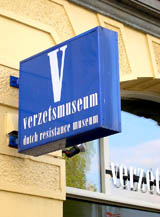
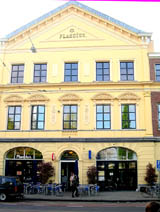 As I paid my admission fee I was told that it would take at least 2 hours to tour. But 20 minutes later, I had seen all the exhibits and was wondering if I’d missed a door to the rest of the place.
As I paid my admission fee I was told that it would take at least 2 hours to tour. But 20 minutes later, I had seen all the exhibits and was wondering if I’d missed a door to the rest of the place.
But mostly I was struck by the feeling that the museum had hidden an apology. Despite the exhibits of life during the war, the nameless but courageous couriers, and the gut-wrenching stories of those who had to kill informants in order to save the members of their resistance cells, there was a sense of sadness rather than the daring and triumph of the museum in Oslo.
It was as if the Verzetsmuseum acknowledged that it lives in the shadow of the Anne Frank House, just a few miles away and stunningly and comprehensively preserved. That is the definitive story of Dutch resistance, a resistance of the heart and mind.
I wonder if there will be a National Resistance Museum of Syria.
